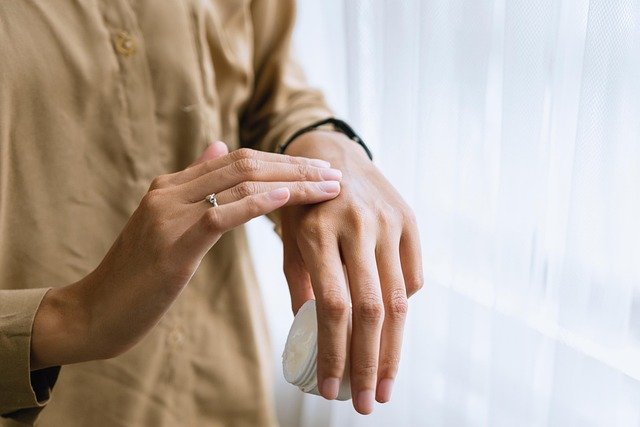Fashion's Quiet Revolution: Minimalist Luxury
In a world of ever-evolving trends and fast fashion, a quiet revolution is taking place in the luxury market. Minimalist luxury, a style characterized by understated elegance and simplicity, is gaining traction among fashion enthusiasts. This movement is not only about aesthetics but also about sustainability and thoughtful consumption, offering a refreshing perspective on what luxury truly means.

The Roots of Minimalist Luxury
Minimalism in fashion isn’t a novel concept. It traces back to the 1960s, when designers like Coco Chanel and Yves Saint Laurent introduced clean lines and simple silhouettes as a counterpoint to the opulence of the previous decades. This style emphasized quality over quantity, focusing on timeless pieces that could be worn across seasons. The minimalist luxury of today builds upon this foundation, adapting it to modern values and sensibilities.
Current Trends in Minimalist Luxury
In today’s fashion landscape, minimalist luxury is more than just a style choice—it’s a lifestyle. High-end brands are embracing this trend by offering collections that highlight craftsmanship and premium materials without excessive embellishments. The appeal lies in the subtlety of these designs, where the focus is on form, fit, and fabric. Neutral palettes, tailored cuts, and versatile pieces are the hallmarks of this movement, appealing to consumers seeking sophistication without ostentation.
The Appeal and Influence on Consumers
The allure of minimalist luxury extends beyond fashion; it reflects a shift in consumer behavior. Buyers are increasingly drawn to the idea of investing in fewer, higher-quality items that offer longevity. This trend is also influenced by a growing awareness of sustainability and a desire to make more mindful purchasing decisions. Minimalist luxury resonates with those who value authenticity and seek to express their personal style through carefully curated wardrobes.
Expert Insights and Styling Recommendations
Fashion experts suggest that embracing minimalist luxury requires a discerning eye for detail. When building a minimalist wardrobe, the focus should be on selecting pieces that offer versatility and timeless appeal. For instance, a well-tailored blazer or a classic pair of loafers can effortlessly elevate an outfit. The key is to prioritize quality fabrics and craftsmanship, ensuring that each piece stands the test of time.
The Evolution of Shopping Behavior
The rise of minimalist luxury has also transformed shopping habits. Consumers are increasingly looking for brands that align with their values, favoring those that prioritize ethical production and transparency. This shift has led to the emergence of niche luxury labels that cater to this demand, offering bespoke services and limited edition pieces. The digital landscape has further facilitated this trend, allowing consumers to discover and connect with brands that embody minimalist luxury.
Shopping and Style Tips for Embracing Minimalist Luxury
-
Invest in quality: Prioritize fabrics like cashmere, silk, and fine wool for their durability and timeless appeal.
-
Focus on fit: Tailoring is crucial in minimalist luxury. Ensure that each piece fits well and complements your body shape.
-
Build a neutral palette: Stick to classic colors like black, white, beige, and navy, which offer versatility and sophistication.
-
Choose timeless silhouettes: Opt for pieces with clean lines and simple designs that won’t go out of style.
-
Consider your lifestyle: Select items that suit your daily routine and offer functionality without compromising on style.
Minimalist luxury is redefining the fashion landscape by emphasizing quality, simplicity, and sustainability. This trend reflects a broader cultural shift towards mindful consumption and a desire for authenticity. As consumers continue to embrace this style, it offers an opportunity to curate wardrobes that are both stylish and responsible. By focusing on timeless elegance and thoughtful choices, minimalist luxury presents a compelling vision for the future of fashion.




